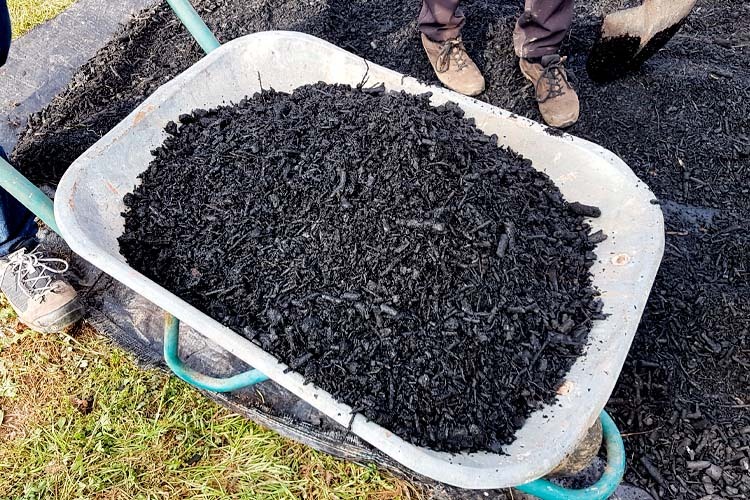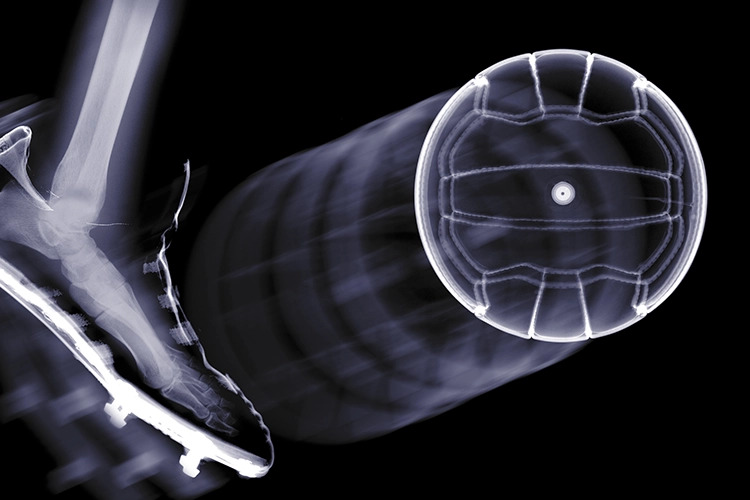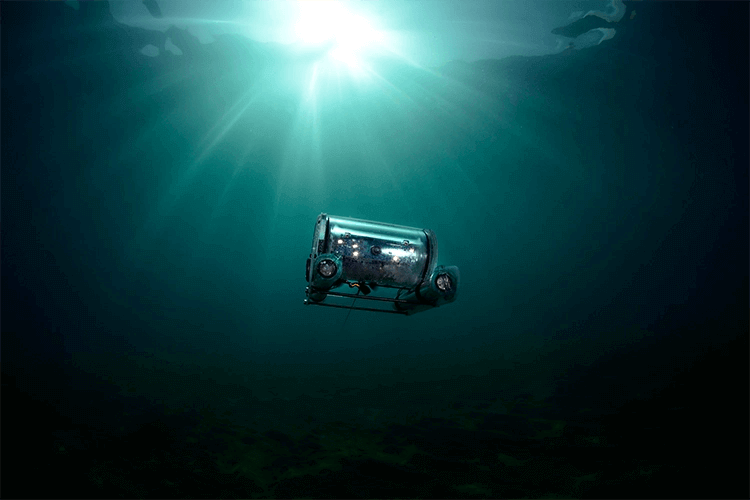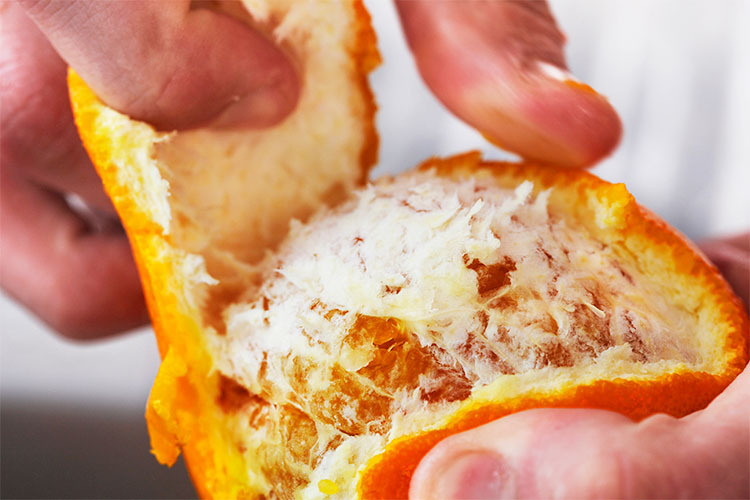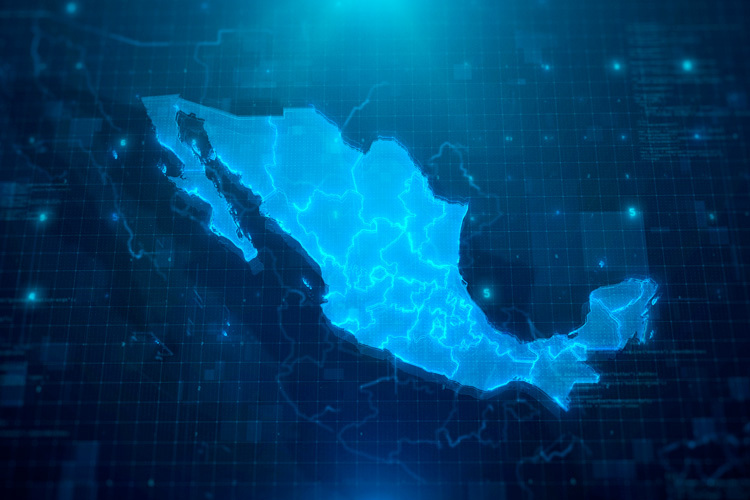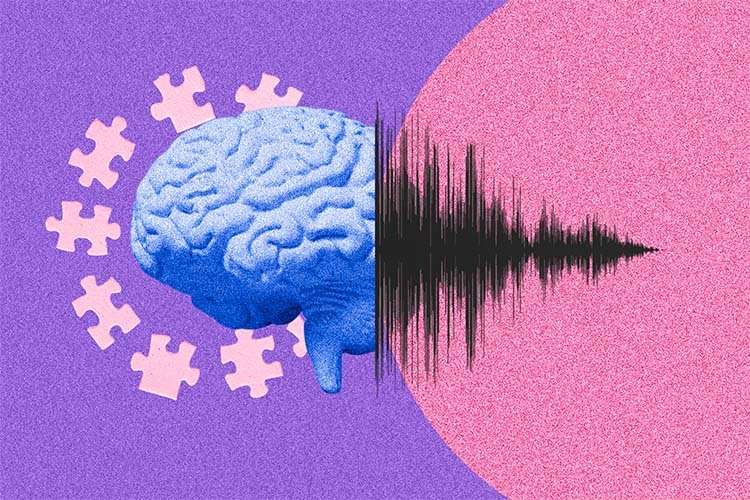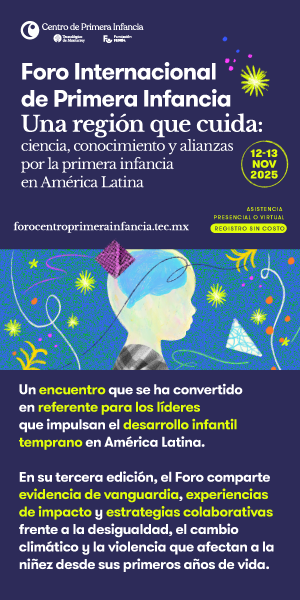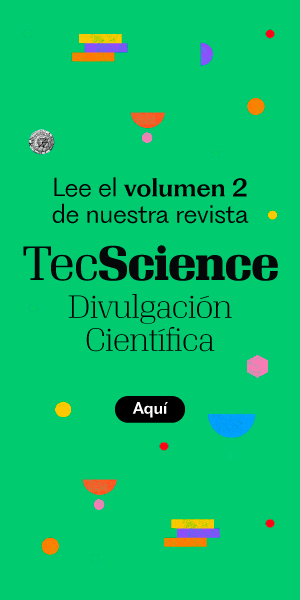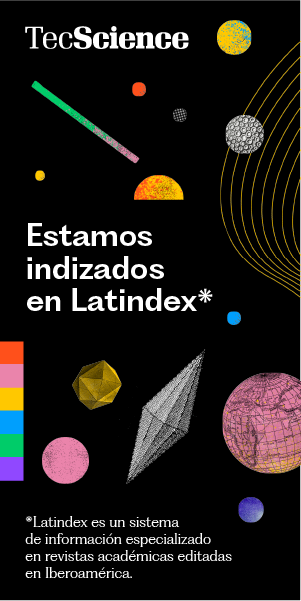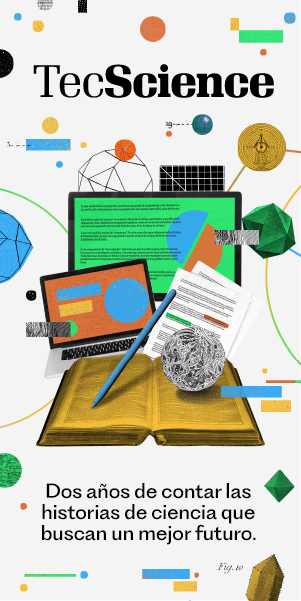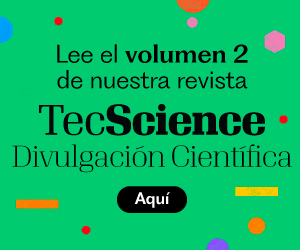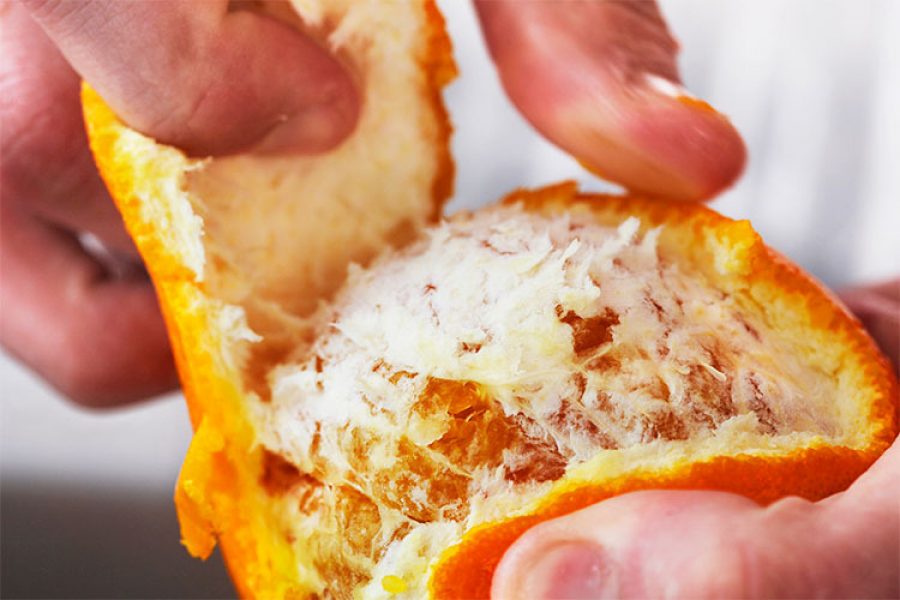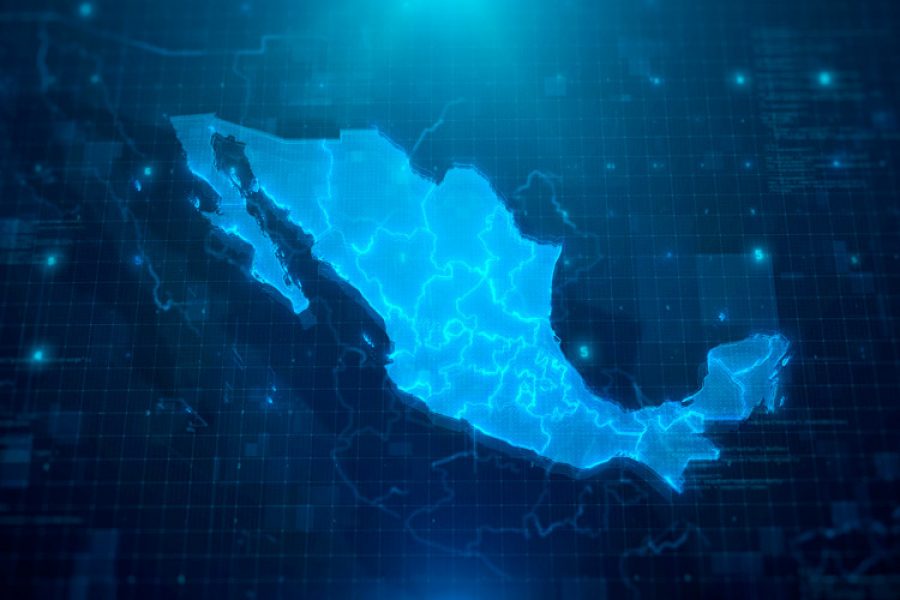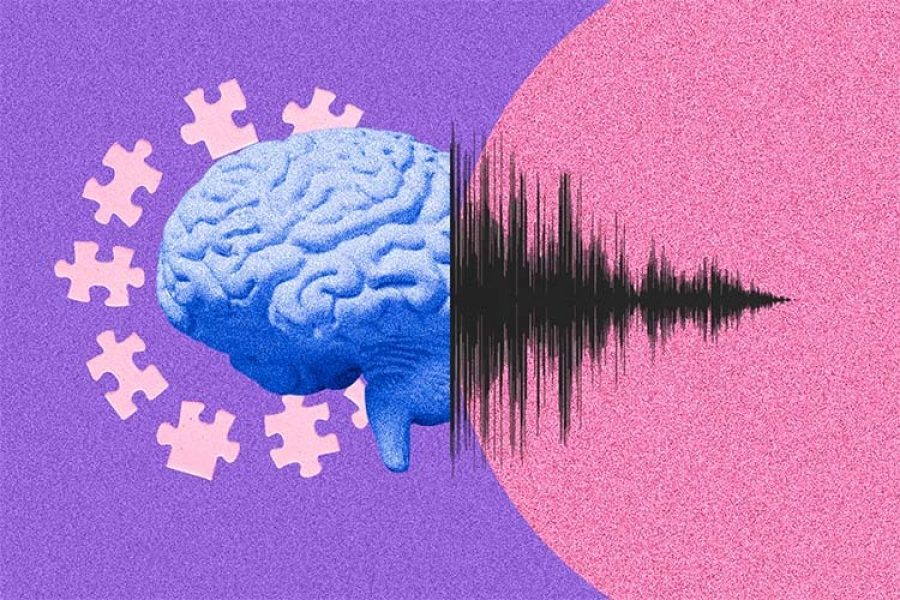By Gerardo Ivan Lozano Gutiérrez, Pabel Antonio Cervantes Avilés and Claudia López Aguilar
Produced from organic waste, biochar is gaining popularity in modern science due to its porous structure, high surface area, and ability to interact with electric charges—features that enable it to detect and sense contaminants in water.
Its properties can be highly tailored depending on the intended application, which is why it is often referred to as “smart carbon.” Biochar is considered a key material to address some of today’s most urgent challenges—from water pollution to efficient energy storage.
Smart Carbon
Biochar is produced by heating organic matter—such as wood scraps or agricultural waste—at high temperatures with no oxygen. This process yields a carbon-rich material with unique traits: a highly porous structure, excellent electrical conductivity, and remarkable chemical stability [1].
To grasp its potential, imagine biochar as a sponge charged with electricity. Its porous nature traps specific molecules or ions, while its conductivity allows it to function within advanced electrical systems. These qualities make it ideal for use in electrochemical processes [2].
Because of this, biochar enables the development of new electrochemical sensors that detect chemical substances with high precision [2].
These sensors are already being used to monitor contaminants in drinking water, measure glucose levels in blood, and detect hazardous gases in industrial environments [3].
A simple way to understand how these sensors operate is to think of them as smart switches that activate upon detecting specific molecules. When contact occurs, an electrochemical reaction changes the flow of electrical current. This change is then measured to identify and quantify the substance present.
Energy Storage
In the energy sector, biochar is being studied as a key material for high-performance batteries and supercapacitors [4].
Its ability to efficiently store and release electrical charge could transform renewable energy storage. A recent example is biochar’s use in sodium-ion batteries—a more affordable and sustainable alternative to lithium-ion batteries [5].
These technologies are being developed for applications such as electric vehicles and renewable energy grids.
An Electrified Filter
In water treatment, biochar serves as an affordable and effective electrode for removing pollutants. When integrated into electrochemical systems, it can degrade pesticides, break down industrial dyes, and help precipitate heavy metals [6].
Researchers at Tecnológico de Monterrey are developing a system to treat wastewater from various sources—including natural bodies of water, the food industry, and metalworking plants.
Their approach involves creating optimal conditions for oxidizing organic compounds by controlling current and electric potential inside an electrochemical cell. The electrodes, made of biochar and enhanced with components that boost contaminant degradation, are central to this system.
Through the “Water Circularity and Recovery Challenge,” a collaboration among Coca-Cola FEMSA, UNAM, and Tec de Monterrey, this research seeks to test biochar’s direct application in treating real-world wastewater.
Challenges and the Road Ahead
While biochar holds enormous promise, it also faces technical challenges. Its quality and properties heavily depend on the feedstock and production conditions, which can complicate large-scale reproducibility. Nonetheless, ongoing research is focused on standardizing production and optimizing performance [7].
Looking ahead, biochar could become a cornerstone of the circular economy. Its production from diverse waste sources helps reduce waste and captures atmospheric carbon, contributing to climate change mitigation.
References
- Weber, K., & Quicker, P. (2018). Properties of biochar. Fuel, 217, 240–261.
- Zheng, Y., Yu, C., & Fu, L. (2023). Biochar-based materials for electroanalytical applications: An overview. Green Analytical Chemistry, 7, 100081.
- Zhang, M., Wang, Y., You, B., Qi, Z., Wang, Y., & Zhang, Z. (2025). Nickel oxide decorated popcorn derived biochar as a non-invasive electrochemical sensor for sensitive detection of glucose in saliva. Journal of Alloys and Compounds, 1010, 177427.
- Ehsani, A., & Parsimehr, H. (2020). Electrochemical energy storage electrodes from fruit biochar. Advances in Colloid and Interface Science, 284, 102263.
- Bartoli, M., Piovano, A., Elia, G. A., Meligrana, G., Pedraza, R., Pianta, N., Tealdi, C., Pagot, G., Negro, E., Triolo, C., Gomez, L. V., Comisso, N., Tagliaferro, A., Santangelo, S., Quartarone, E., Di Noto, V., Mustarelli, P., Ruffo, R., & Gerbaldi, C. (2024). Pristine and engineered biochar as Na-ion batteries anode material: A comprehensive overview. Renewable and Sustainable Energy Reviews, 194, 114304.
- Lozano, I., Cervantes-Aviles, P., Keller, A., & Aguilar, C. L. (2023). Removal of pharmaceuticals and personal care products from wastewater via anodic oxidation and electro-Fenton processes: current status and needs regarding their application. Water Science & Technology, 88(5), 1143–1154.
- Chu, M., Tian, W., Zhao, J., Zou, M., Lu, Z., Zhang, D., & Jiang, J. (2022). A comprehensive review of capacitive deionization technology with biochar-based electrodes: Biochar-based electrode preparation, deionization mechanism and applications. Chemosphere, 307, 136024.
- Lozano, I., Pérez-Guzmán, C. J., Mora, A., Mahlknecht, J., Aguilar, C. L., & Cervantes-Avilés, P. (2022). Pharmaceuticals and personal care products in water streams: Occurrence, detection, and removal by electrochemical advanced oxidation processes. Science of The Total Environment, 827, 154348.
.
Authors
Gerardo Ivan Lozano Gutiérrez. Chemical Engineer with a Ph.D. in Chemical Engineering from the University of Guadalajara, Mexico, and a Ph.D. in Electrochemistry, Science, and Technology from the Autonomous University of Madrid, Spain. He has experience in applied electrochemistry in areas such as corrosion prevention, electrochemical synthesis of magnetic nanomaterials, and photoelectrochemical degradation of organic contaminants in water. He currently works as a professor and member of the Water Science and Technology research group at Tecnológico de Monterrey. He is a Level C member of the National System of Researchers (CONACyT).
Pabel Antonio Cervantes Avilés. Chemical Engineer specialized in Environmental Engineering, and holds a Master’s and Ph.D. in Water Science and Technology. He has conducted research projects in collaboration with Soka University in Tokyo, Japan, the University of California, Santa Barbara, and UNAM. His research focuses on optimizing bioprocesses for wastewater treatment, membrane technology applications, treatment of agro-industrial effluents, and evaluating nanotechnology for water treatment as well as its effects on various environmental matrices.
Claudia López Aguilar. Ph.D. in Chemical Engineering from the University of Guadalajara and a Ph.D. in Electrochemistry from the Autonomous University of Madrid. She has completed research stays at the University of Southampton and a postdoctoral fellowship at the Benemérita Autonomous University of Puebla. She is a member of the National System of Researchers and currently serves as a professor at Tecnológico de Monterrey, Hidalgo campus. Her research focuses on applied electrochemistry, particularly corrosion prevention and the development of electrochemical treatments for water sanitation.
